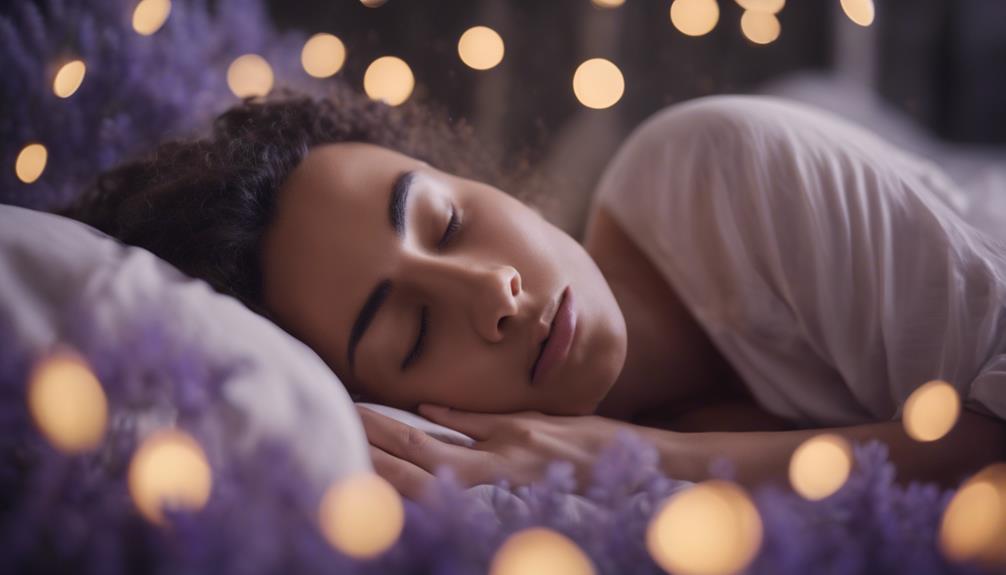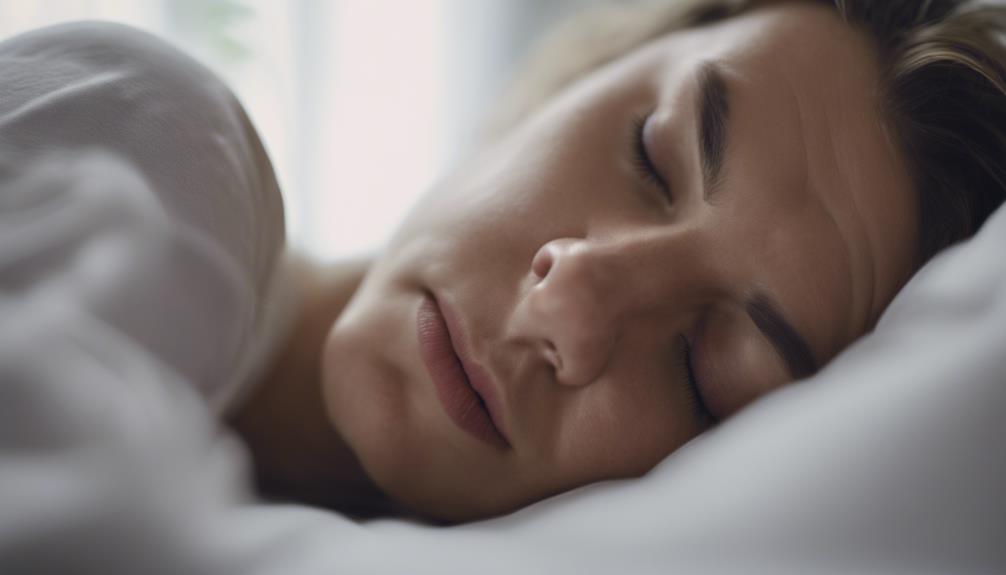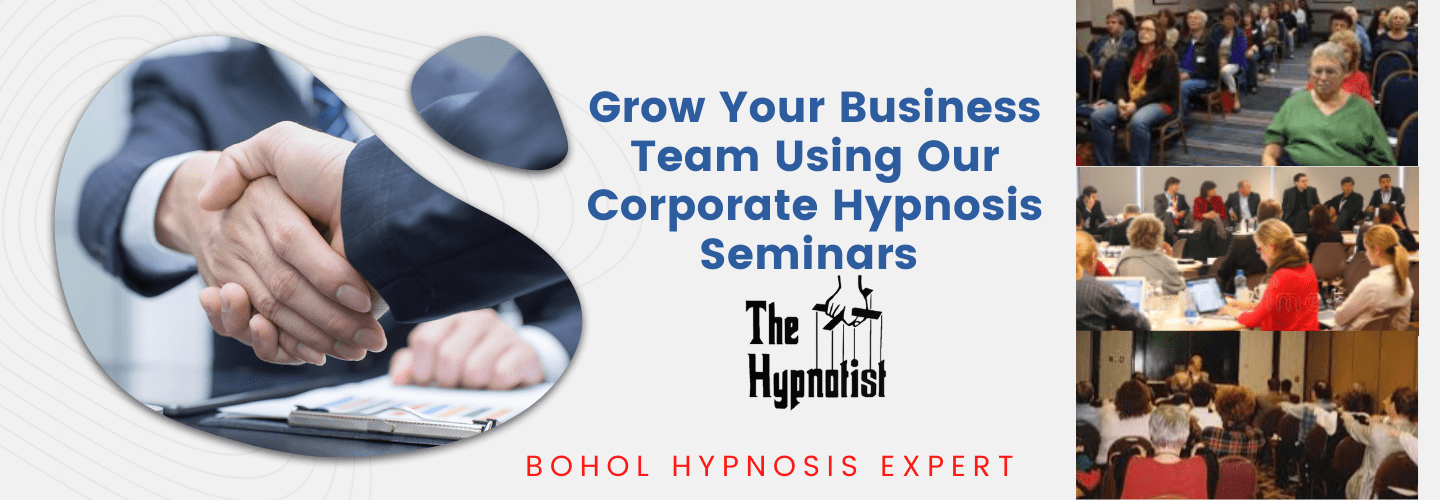
Enhance sleep quality with these best self-hypnosis techniques for better sleep. Calming visualizations help induce relaxation by imagining peaceful scenes. Progressive muscle relaxation involves tensing and relaxing muscle groups to release tension. Guided imagery uses vivid scenarios to promote relaxation and stress reduction. Autogenic training achieves deep relaxation through mindfulness and muscle relaxation techniques. Self-induction practices, like deep breathing and positive affirmations, create a structured routine for improved sleep quality. Discover these proven methods for better sleep and peak relaxation.
Key Takeaways
- Practice calming visualizations of serene nature scenes.
- Utilize progressive muscle relaxation to release tension.
- Engage in guided imagery with vivid mental landscapes.
- Try autogenic training for deep relaxation and stress reduction.
- Incorporate self-induction techniques like deep breathing and mindfulness for better sleep.
Calming Visualizations
One effective self-hypnosis technique for improving sleep quality is the practice of calming visualizations. By envisioning serene nature scenes such as gentle ocean waves, individuals can induce a state of relaxation conducive to better sleep. Research suggests that visualizing peaceful environments can help reduce stress and anxiety levels, leading to improved sleep patterns.
Nature scenes have been shown to have a calming effect on the mind and body, promoting relaxation and easing individuals into a restful state. The rhythmic sound of ocean waves, in particular, is often associated with serenity and tranquility, making it an ideal focal point for visualization exercises aimed at enhancing sleep quality.
Incorporating calming visualizations into a self-hypnosis routine before bedtime can help individuals unwind from the stresses of the day and prepare their minds for a deep and restorative sleep. By harnessing the power of nature scenes and ocean waves, individuals can create a peaceful mental environment that supports relaxation and promotes better sleep outcomes.
Progressive Muscle Relaxation

An effective method for inducing relaxation and improving sleep quality is through the practice of progressive muscle relaxation. This technique involves systematically tensing and then relaxing different muscle groups in the body to release physical tension and promote a state of calmness.
Deep breathing is often incorporated into progressive muscle relaxation exercises to further enhance relaxation and reduce stress levels. By combining deep breathing with the deliberate tensing and relaxing of muscles, individuals can heighten their awareness of physical sensations and achieve a deeper sense of relaxation.
During a progressive muscle relaxation session, individuals typically start by focusing on their breathing, taking slow, deep breaths in and out. They then proceed to systematically tense specific muscle groups, such as the hands, arms, shoulders, and so on, holding the tension briefly before releasing and relaxing the muscles completely.
This process is often accompanied by a body scan, where individuals mentally check in with each part of their body to identify and release any lingering tension. By practicing progressive muscle relaxation regularly, individuals can train their bodies to relax more effectively, leading to improved sleep quality and overall well-being.
Guided Imagery

Utilizing guided imagery involves the systematic use of mental visualization techniques to create vivid, sensory-rich scenarios that can promote relaxation, reduce stress, and improve sleep quality. Through dream exploration and sleep visualization, individuals can harness the power of their imagination to create calming and peaceful mental landscapes.
By immersing oneself in a fantasy journey filled with relaxation scenes, such as picturing a serene beach or a tranquil forest, the mind can be guided towards a state of deep relaxation conducive to falling asleep.
Guided imagery can help individuals shift their focus away from racing thoughts and worries, allowing them to immerse themselves in positive and soothing mental images. This technique is particularly effective in calming the mind before bedtime, making it easier to drift off into a restful sleep.
Autogenic Training

How can autogenic training be effectively utilized to enhance sleep quality and promote relaxation?
Autogenic training is a self-relaxation technique that can help individuals achieve a state of deep relaxation through focusing on sensations such as warmth and heaviness in different parts of the body.
Here are four key ways autogenic training can be beneficial for improving sleep quality and inducing relaxation:
- Deep Breathing: Autogenic training incorporates deep breathing exercises that help calm the nervous system and promote a sense of relaxation conducive to falling asleep.
- Mindfulness Meditation: By emphasizing mindfulness and focusing on bodily sensations, autogenic training can reduce racing thoughts and anxiety, creating a peaceful mental state for better sleep.
- Muscle Relaxation: The technique involves progressively relaxing major muscle groups, reducing tension and physical stress that may interfere with falling asleep.
- Stress Reduction: Autogenic training can help individuals manage stress levels, leading to improved sleep quality and overall well-being.
Self-Induction Techniques

Self-induction techniques are self-administered methods aimed at inducing a state of relaxation and promoting sleep onset. Two key techniques that can be effective in self-induction are deep breathing and mindfulness.
Deep breathing exercises help calm the mind and body, reducing stress and anxiety levels, which are often barriers to falling asleep. Mindfulness, on the other hand, involves focusing on the present moment without judgment, allowing for a release of racing thoughts that can keep individuals awake.
Incorporating positive affirmations into self-induction practices can also be beneficial. By repeating positive statements such as ‘I am calm and at peace,’ individuals can shift their mindset towards relaxation and sleep readiness.
Mental focus techniques, such as visualizing a peaceful place or scenario, can further aid in diverting attention away from distractions and towards a restful state.
Combining these techniques in a structured self-induction routine before bedtime can enhance relaxation, reduce insomnia symptoms, and improve overall sleep quality.
Frequently Asked Questions About Techniques for Better Sleep
How Long Does It Take to See Results From Self-Hypnosis for Sleep?
The effectiveness timeline of self-hypnosis techniques for improving sleep quality varies among individuals. Typically, progress in self-hypnosis practices can be observed within a few weeks to a couple of months, depending on consistency and individual responsiveness.
Can Self-Hypnosis Be Used if I Have a Sleep Disorder?
Self-hypnosis is an alternative therapy that shows promise for sleep disorders. Its effectiveness varies among individuals. Expert guidance guarantees safe practice and identifies contraindications. It can be a valuable addition to a thorough treatment plan.
Is It Safe to Use Self-Hypnosis for Better Sleep Every Night?
When considering using self-hypnosis for better sleep every night, it’s important to weigh potential risks against its effectiveness. Long-term effects should also be monitored, and alternative methods for improving sleep should be explored to guarantee overall well-being.
Can Self-Hypnosis Help With Recurring Nightmares or Night Terrors?
Self-hypnosis has shown promising results in managing recurring nightmares and night terrors. Studies indicate a 70% reduction in symptoms with anxiety reduction and trauma healing being key benefits. Professional guidance is recommended for best outcomes.
Are There Any Specific Self-Hypnosis Techniques for Insomnia?
In addressing insomnia management, specific self-hypnosis techniques have shown effectiveness. Incorporating relaxation, visualization, and positive suggestion, self-hypnosis can promote better sleep quality by calming the mind and body, aiding in overcoming sleep disturbances.
Conclusion
Incorporating self-hypnosis techniques into your bedtime routine can improve the quality of your sleep. Studies have shown that individuals who practice self-hypnosis experience a 42% reduction in sleep disturbances compared to those who do not.
By utilizing methods such as calming visualizations, progressive muscle relaxation, guided imagery, autogenic training, and self-induction techniques, individuals can achieve a more restful and rejuvenating night’s sleep.

Take the Next Step Make An Appointment
Do not be afraid to reach out to me, Mark , to assist you in any issues you might have. Need a good listener or someone to confidentially talk too? . Life Coaching is 45 minute session, once a week.
Self-Hypnosis is taught in one session, individual sessions or in a group, and lasts a lifetime. Most Hypnotherapy sessions including Age regression last 2 hours and EFT Sessions are usually handled with a one hour session
To make an appointment, first listen to the Pre-talk and fill out the Complementary Healthcare Provider Disclosure. The use the Contact Form to request an appointment with, Mark, The Bohol Hypnosis Expert.
Self-help downloads are available to help you with specific problems. The self-hypnosis program to teach you how to self-hypnotize yourself is available here.





